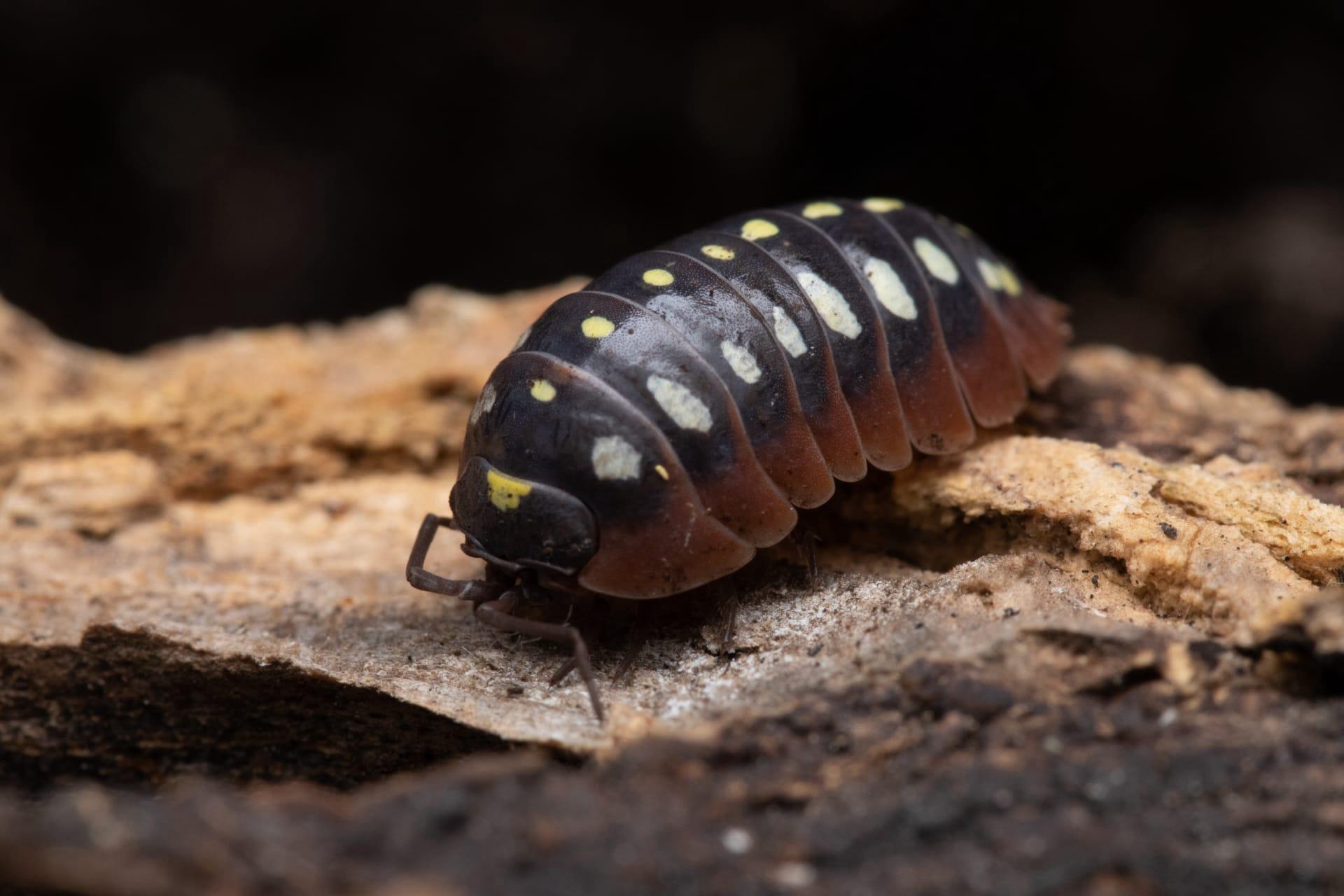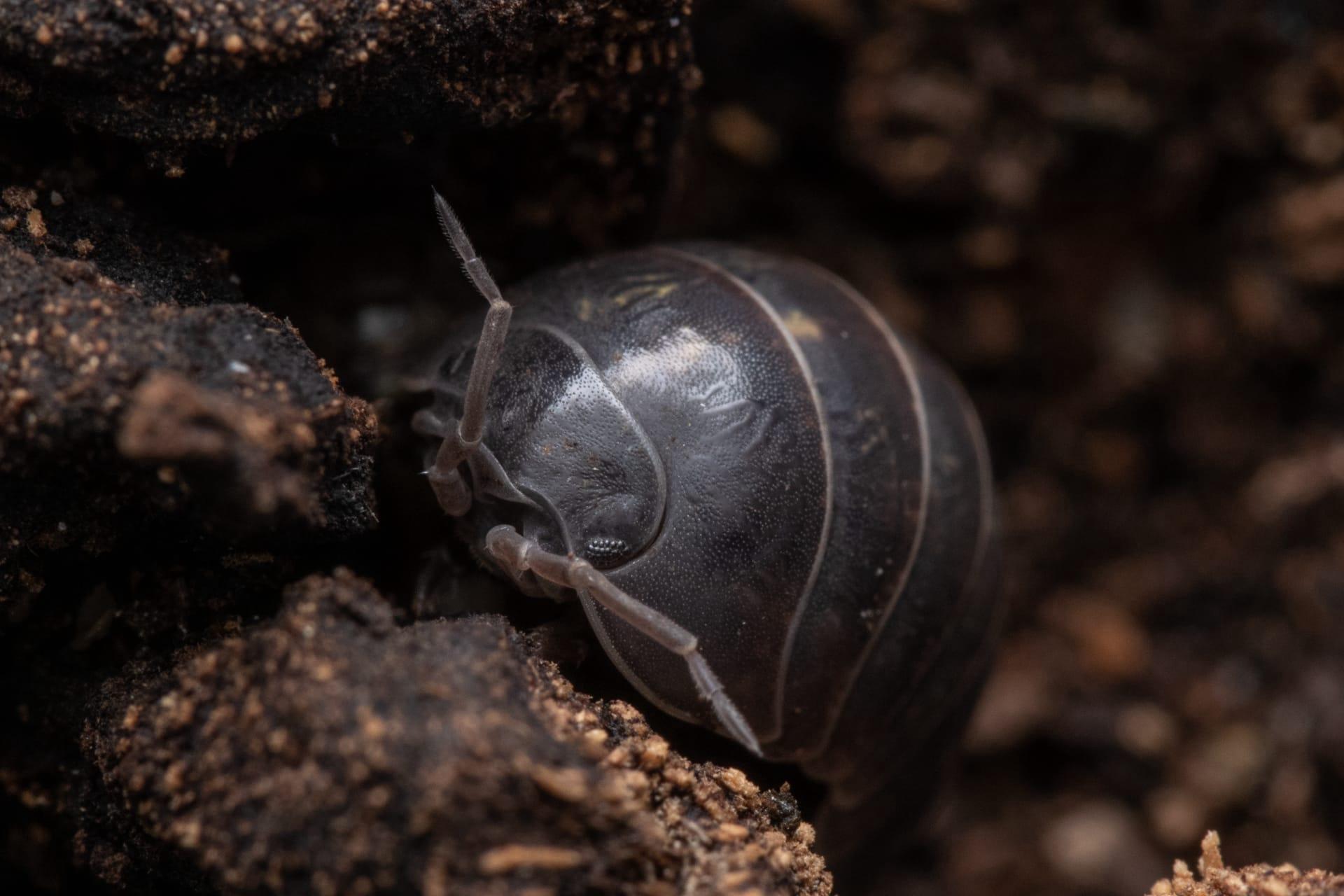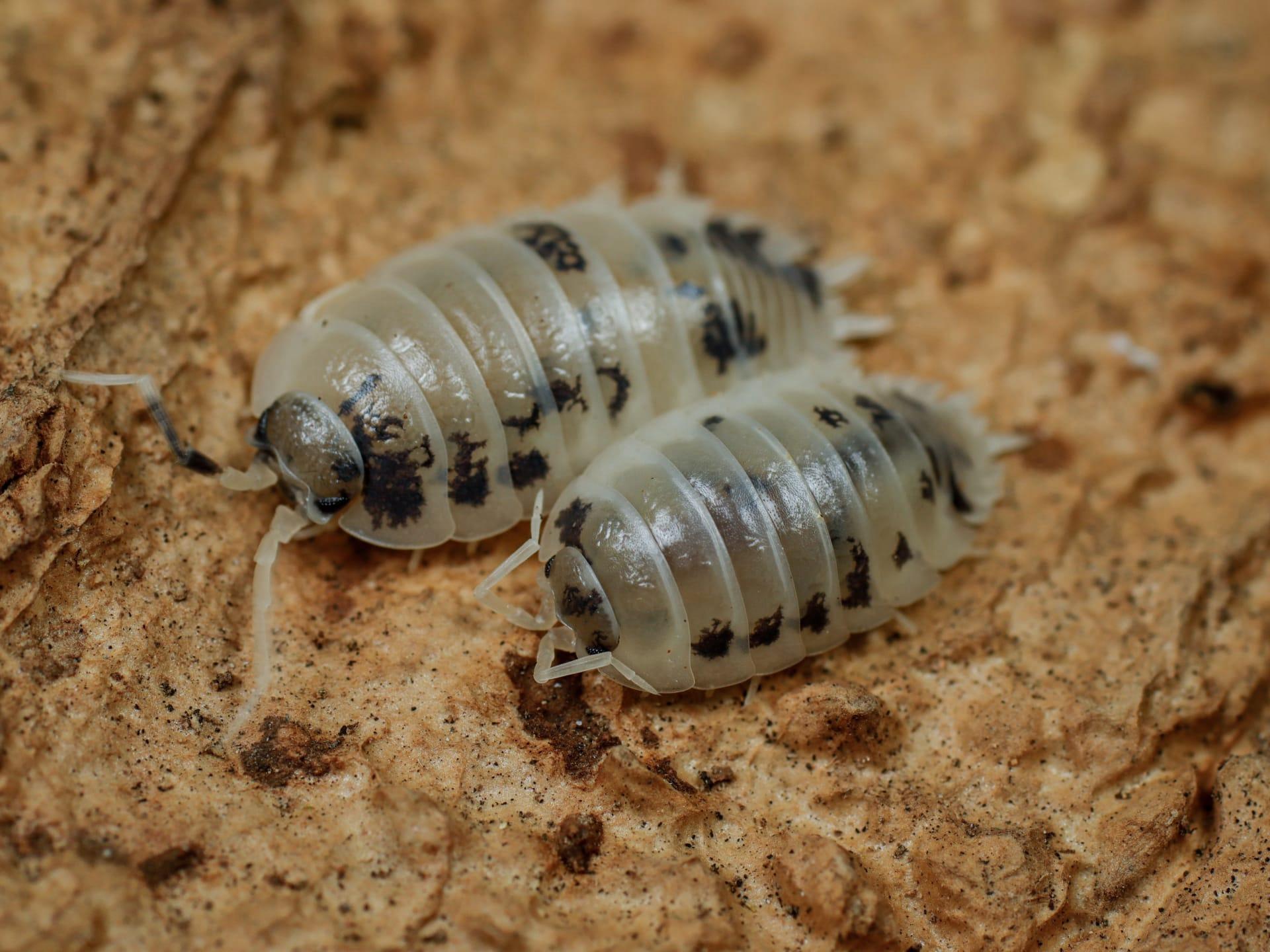Pillbugs Trivia
- Home /
- Trivia Question /
- Animal /
- Pillbugs Trivia
1
Question: What exactly are pillbugs, and how do they differ from insects?
Answer: Pillbugs, scientifically known as Armadillidium vulgare, are small, segmented creatures often mistaken for insects. However, they're actually crustaceans, closely related to shrimp and crabs. Unlike insects with three body segments and six legs, pillbugs have a hard exoskeleton, seven body segments, and fourteen legs. They're about 0.5 inches long, and their ability to roll into a ball when threatened is a distinctive feature, earning them the nickname "roly-polies".
Question: How do pillbugs breathe, and what's unique about their respiratory system?
Answer: Pillbugs breathe through gill-like structures called pleopods, located on their abdomen's underside. These structures are fascinating because they require moisture to function, which is why pillbugs are often found in damp environments. Unlike typical sea-dwelling crustaceans, pillbugs have adapted to extract oxygen from the air, yet they must keep their gills moist by living in humid conditions or by occasionally wetting their gills to survive.

2
Question: Is it true that pillbugs can drink with their anus?
Answer: Yes, pillbugs have a unique adaptation that allows them to take up water through their rear end, specifically the uropods. These structures, located at the end of their bodies, can absorb water directly from the ground, helping pillbugs maintain hydration in their dry terrestrial habitats. This unusual method of drinking is a key survival trait in their often arid environments.
Question: Do pillbugs really carry diseases harmful to humans?
Answer: Contrary to a common misconception, pillbugs do not carry diseases dangerous to humans. They're actually quite clean and safe to handle. Pillbugs feed on decaying plant matter and do not bite or sting. Their presence in gardens is often beneficial as they help in the decomposition process, recycling nutrients back into the soil.

3
Question: What is the lifespan of a pillbug, and how do they reproduce?
Answer: Pillbugs have a fascinating life cycle, living up to 3 years under ideal conditions. Reproduction is unique in that females carry eggs in a special pouch, called a marsupium. This pouch, resembling that of a kangaroo, protects and nurtures up to 200 eggs until they hatch into tiny, fully-formed pillbugs after about 45 days. The young pillbugs stay in the pouch for a few days before venturing out.
Question: Can pillbugs really detoxify soil?
Answer: Remarkably, pillbugs play a vital role in soil health by detoxifying it. They consume heavy metals like lead, cadmium, and arsenic present in the soil, incorporating these toxins into their bodies in a less harmful form. This process reduces the concentration of heavy metals in the soil, indirectly protecting plants and other soil-dwelling organisms from these toxic substances.

4
Question: How do pillbugs contribute to the ecosystem, and what is their diet?
Answer: Pillbugs are essential decomposers in the ecosystem. They primarily feed on decaying organic matter, including leaves, wood, and dead plant materials, which they break down, returning vital nutrients to the soil. This process enhances soil fertility and structure, promoting plant growth. In some cases, they also consume fungi and help control certain garden pests by eating their eggs.
Question: Are pillbugs able to regenerate lost limbs, and how does this process work?
Answer: Yes, pillbugs have the remarkable ability to regenerate lost limbs. If a pillbug loses a leg, it can regrow a new one during its next molting cycle. Molting involves shedding their exoskeleton, which they do in two stages – first the back half and then the front half. The regrowth of a limb can take a couple of molting cycles to complete, and the new limb may initially be smaller than the original.

5
Question: What role do pillbugs play in controlling soil pH, and how do they do it?
Answer: Pillbugs help in balancing soil pH levels. They consume decaying organic matter, which often contains acidic substances. By breaking down these materials and excreting nitrogen-rich waste, they help neutralize overly acidic soil, making the environment more hospitable for plant growth.
Question: Are pillbugs social creatures, and how do they interact with each other?
Answer: Pillbugs exhibit a degree of social behavior. They are often found in groups, which helps them maintain moisture levels by reducing individual surface area exposed to air. This grouping behavior is also a defense mechanism, as a cluster of pillbugs is more intimidating to predators. Additionally, during the breeding season, males exhibit courting behaviors, gently tapping females with their antennae before mating.